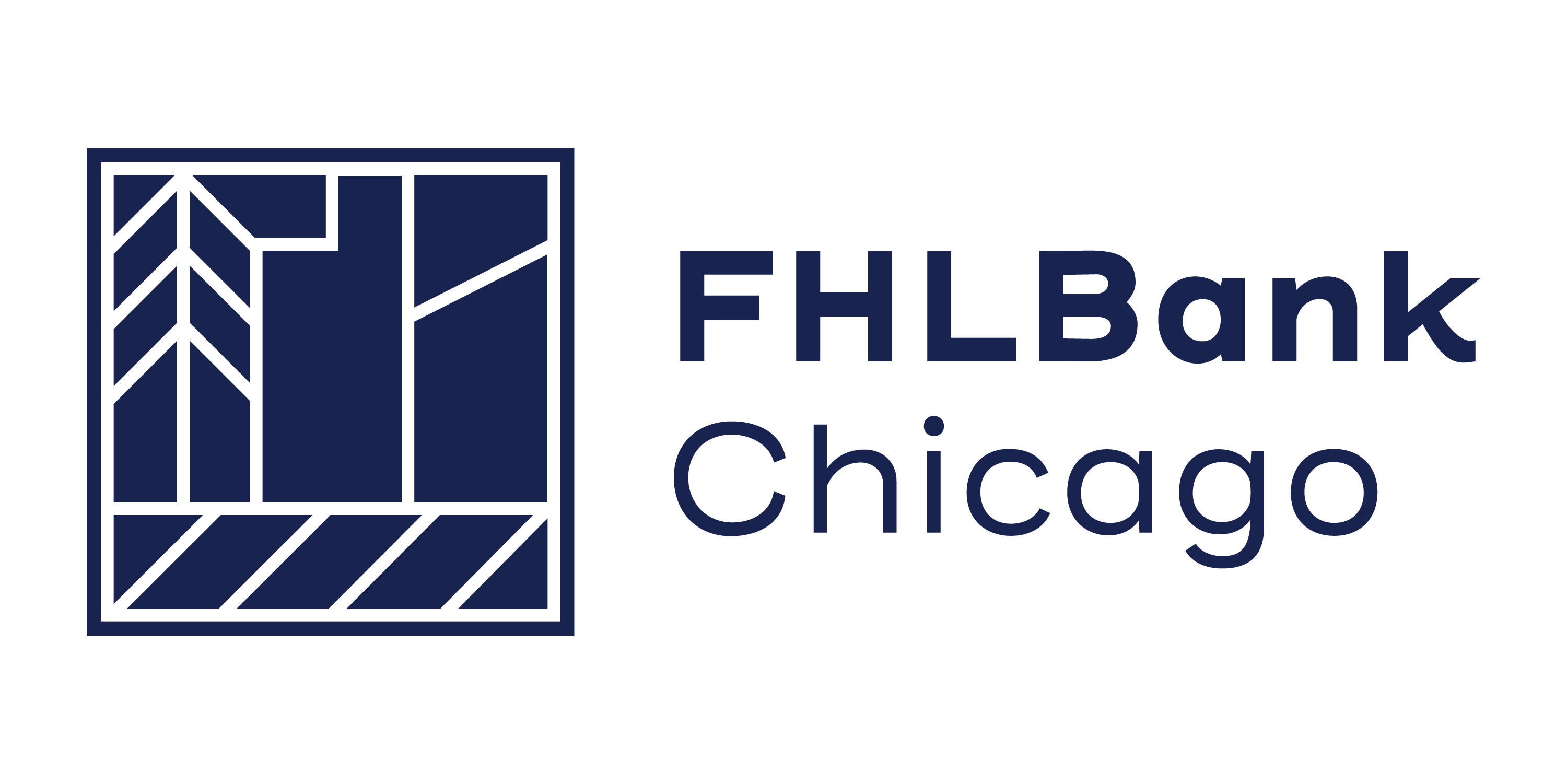Rolling Up the Advance Curve: Q3 2019
Overview
Traditional economic principals suggests that money today is more valuable than money tomorrow. However, the current United States Treasury curve contradicts this principal. This phenomenon is knows as an inverted yield curve. Looking at it from an investor’s perspective, it’s hard to justify locking cash up for longer while earning less. However, from the borrower’s perspective, this would work in their favor. “Rolling the Curve” is a phrase used to describe an asset strategy employed in an upward-sloping yield environment. It points to the benefit of purchasing longer-term assets as time passes. Take a look at the example in Figure 1, which shows a normal yield curve in January 2004:
On January 2, 2004 the 5-year UST was yielding 3.36%, while the 2-year UST was yielding 1.94%. As time passed, the 5-year bond would eventually become a 2-year bond. Assuming the curve remained stable over the next 3 years, an investor would be pleased with the extra 1.42% yield over the current market rate. This would be reflected in a premium price if the bond was purchased at par. The investors could sell it at a gain, or keep it and receive higher-than-market cash flows for the remaining life of the investment. Table 1 compares a 2-year versus a 5-year Treasury at equivalent yields, but different coupons.
The 5-year UST would be priced $7.10 over par, assuming its yield was equivalent to that of a 2-year UST. This price is calculated by multiplying the difference between rate and yield by the remaining 5 years of the original 5-year UST: (3.36 - 1.94 = 1.42 * 5)
Just as rolling down the curve helps us as investors, it hurts us as borrowers. In a normal sloping yield curve, borrowing is more expensive as time passes, in comparison with shorter term advances. Luckily, the current environment allows us to “roll-up” the curve in terms of funding. Let’s take a look at the current funding yield curve below.
On August 12, 2019, the 5-year borrowing cost was 1.74% compared to a cost of 2.02% to borrow for 1 year. As time passes, the 5-year borrowing’s duration will eventually change to a year. Assuming the curve remains stable, a borrower would be happy to have market funding that is 28 basis points cheaper than the current market rate. Table 2 shows this value reflected in a discounted dollar price, assuming the yield is the same as the current 1-year advance.
The 5-year advance would be priced $1.40 under par using the equivalent yield of a 1 year advance. This price is calculated by multiplying the difference between rate and yield by 5 years: (1.74 – 2.02 = -0.28 * 5)
Borrowers who “roll-up” the funding curve would receive a discounted rate (compared with the market) as time passes. Therefore, it makes fundamental sense to lock in longer, but lower, fixed rates today. Yield curves do change over time, which can off set this advantage. However, it’s extremely difficult to predict the future of interest rates. Prudent investors and borrowers should take advantage of the opportunities presented by the current market if it makes sense within the bounds of their current portfolios.

To Learn More
If your institution would like more specific information about this strategy, please contact the Member Strategy and Solutions team or your Sales Director at membership@fhlbc.com.
Contributors

Nick Simoncelli
Senior Analyst, Member Strategy and Solutions

Ashish Tripathy
Managing Director, Member Strategy and Solutions
Disclaimer
The data, scenarios and valuations provided to you in this paper are for information purposes only and are provided as an accommodation and without charge. The data, scenarios and valuations are estimates only and may not represent the actual or indicative terms at which new (or economically equivalent) transactions could be entered into or the actual or indicative terms at which existing (or economically equivalent) transactions could be prepaid, terminated, liquidated, assigned or unwound. The scenarios and valuations were derived using proprietary pricing models and estimates and assumptions about relevant future market conditions and other matters, all of which are subject to change without notice. The scenarios in this paper were prepared without any consideration of your institution’s balance sheet composition, hedging strategies, or financial assumptions and plans, any of which may affect the relevance of these scenarios to your own analysis. The Federal Home Loan Bank of Chicago makes no representations or warranties about the accuracy or suitability of any information in this paper. This paper is not intended to constitute legal, accounting, investment, or financial advice or the rendering of legal, accounting, consulting, or other professional services of any kind. You should consult with your accountants, counsel, financial representatives, consultants, and/or other advisors regarding the extent these scenarios may be useful to you and with respect to any legal, tax, business, and/or financial matters or questions.Federal Home Loan Bank of Chicago | Member owned. Member focused. | October 2019

